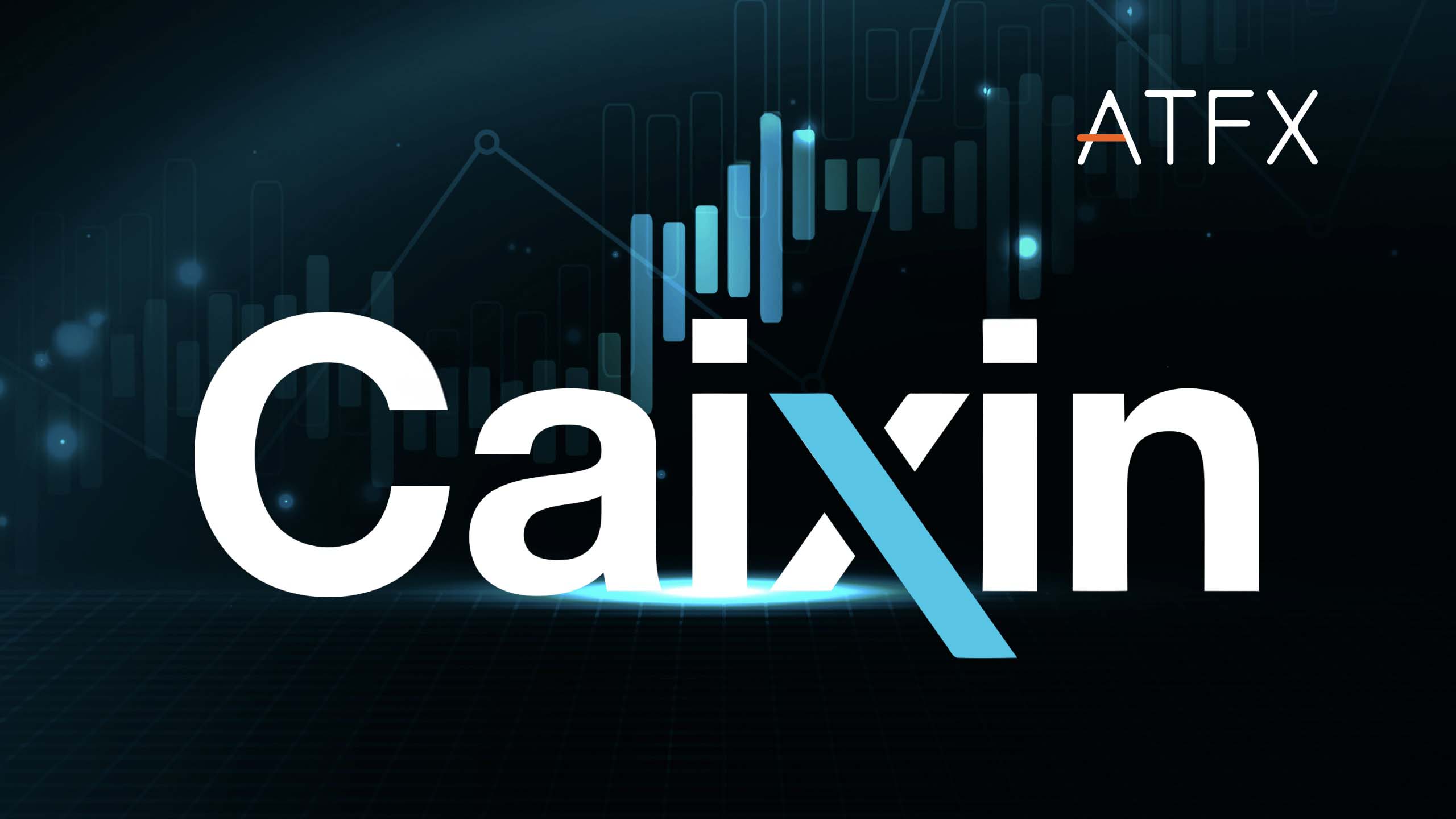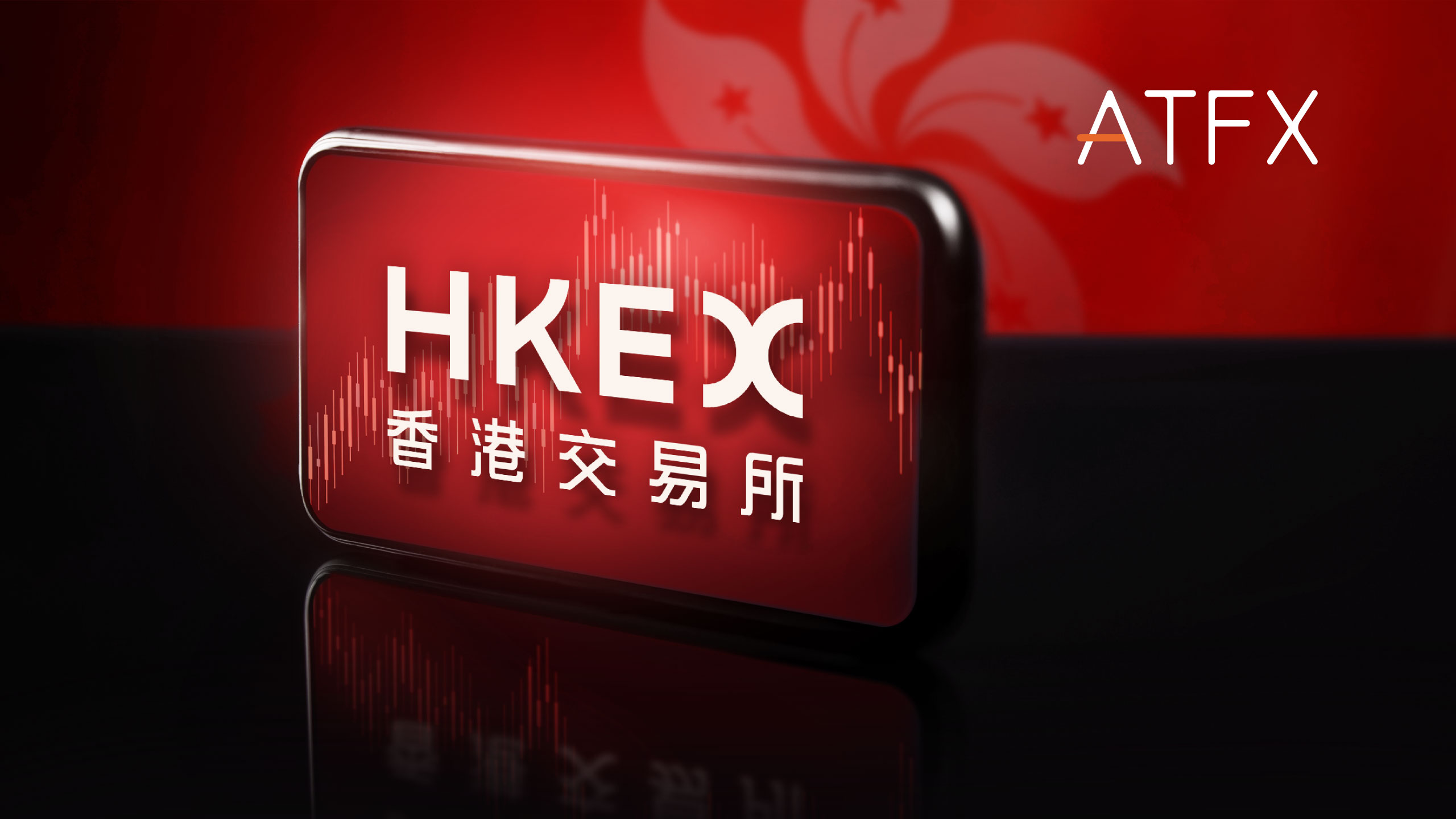US stock index futures recovered from initial declines on Wednesday evening and moved higher after President Trump announced he would reveal a significant trade agreement with a major nation on Thursday.
Earlier, futures had dipped slightly following the Federal Reserve’s warning about increased uncertainty related to tariffs and the economy, which negatively impacted market sentiment.
However, Wall Street maintained a positive trend on Wednesday, with chipmakers experiencing late gains due to reports suggesting the Trump administration intended to ease export restrictions on artificial intelligence chips.
Donald Trump announced via social media that he will hold a press conference on Thursday to unveil a “major trade deal” with a “big, and highly respected, country,” stating it is the first of several planned agreements.
Sources, including The New York Times, suggest the unnamed country is Britain, which has been in trade negotiations with the US.
This announcement marks the first trade deal since Trump announced “reciprocal” tariffs against major US trading partners in early April. While those tariffs faced widespread criticism and were subsequently given a 90-day exemption, the UK was not subject to them but still faces existing universal and sectoral duties.
Separately, the US administration indicated that trade talks with Chinese officials will occur in Switzerland this week, although a deal is considered improbable, and Trump affirmed his existing high tariffs on China will remain.
Key Economic and Market Developments:
Federal Reserve Holds Rates Steady, Cites Increased Risks
The Federal Reserve maintained the current interest rates as widely anticipated on Wednesday. However, Chair Jerome Powell expressed concerns about growing risks related to higher inflation and unemployment, thereby increasing uncertainty surrounding the economic outlook amidst ongoing trade tensions initiated by the Trump administration. Powell highlighted the ambiguity of future economic growth, suggesting the possibility of either continued steady expansion or a contraction due to a potential surge in inflation. He emphasized the heightened uncertainty surrounding President Trump’s tariff policies and indicated that the central bank would refrain from making any policy changes until the economic outlook becomes clearer. While acknowledging the US economy’s relative resilience, Powell adopted a cautious, wait-and-see approach regarding future interest rate adjustments and largely dismissed the possibility of a preemptive rate cut, despite calls for lower rates from President Trump.
Chipmaker Gains Boost Wall Street
Wall Street experienced a late surge on Wednesday, primarily driven by significant gains in major chipmaking stocks. This upward trend followed the Trump administration’s announcement that it would ease Biden-era restrictions on the export of advanced artificial intelligence chips. The initial restrictions aimed to maintain US leadership in AI development and limit China’s access to this rapidly advancing technology. The relaxation of these export limitations is expected to benefit US-based chip manufacturers by enabling them to sell more advanced chips internationally. Notably, AI chip leader Nvidia saw a 3.1% increase, although its stock experienced a slight dip in after-hours trading. Similarly, US shares of TSMC rose by 1.3% and remained stable after market close, while Intel recovered to a 1.9% gain during the session. The strength in chipmakers helped the S&P 500 close 0.4% higher at 5,631.27, the NASDAQ Composite advanced by 0.3% to 17,738.16, and the Dow Jones Industrial Average increased by 0.7% to 41,113.97. These gains helped to counterbalance muted optimism surrounding US-China trade discussions and the Federal Reserve’s cautious statement.
Alphabet Shares Decline Amid Potential Competition
A notable exception to the positive market trend was Alphabet, whose shares declined following a report indicating that Apple, the maker of the iPhone, is considering integrating AI-powered search functionalities into its web browser. This potential development poses increased competition for Google in the search engine market.


